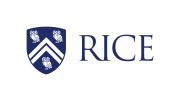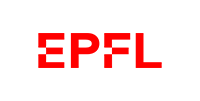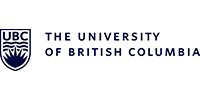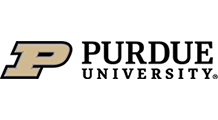Online mirror simulations allow us to check in a practical way how mirrors work and how depending on their curvature (flat, concave or convex) the reflected image is different.
Mirrors are objects that reflect light in a specular way, which means that they keep the reflected image with high fidelity. They have been used for centuries for a variety of purposes, from decoration to scientific and technological applications.
One of the most common types of mirror is the plane mirror, which consists of a flat, polished surface, usually made of glass with a reflective coating on the back. When light strikes the mirror, it is reflected according to the law of reflection, which states that the angle of incidence is equal to the angle of reflection.
Mirrors can also have a curved shape, as in the case of concave and convex mirrors. A concave mirror is one in which the reflecting surface is curved inward, while a convex mirror is curved outward. These mirrors have special optical properties and are used in applications such as telescopes, magnifying lenses and automobile rear-view mirrors.
Mirrors have a wide range of practical applications. In the domestic field, they are used in dressing tables, bathrooms and as decorative elements in the home. They are also essential in the fashion industry and in photography for evaluating personal appearance and creating images.
In science and technology, mirrors play a crucial role in optical instruments such as microscopes, telescopes, periscopes and cameras. They are also used in the construction of lasers and in fiber optics to direct and reflect light through cables. Mirrors have also been the subject of artistic and cultural exploration. They have been used in art to create illusions and visual effects, and in literature and film to symbolize introspection and perception.
In summary, the online mirror simulations on this page help us in a practical way to understand how mirrors work.
Explore the exciting STEM world with our free, online simulations and accompanying companion courses! With them you'll be able to experience and learn hands-on. Take this opportunity to immerse yourself in virtual experiences while advancing your education - awaken your scientific curiosity and discover all that the STEM world has to offer!
- Principle
- Plane
- Types
- Concave
- Convex
Plane mirror principle
This simulation explains how a plane mirror works. See what happens when the gaze point of the eye changes.
Types of mirrors. Convex or concave mirror
Observe in this simulation how the image is generated in a convex or concave mirror and how the equation changes depending on the focal length.
- Plane
- Inversion
- Periscope
Plane mirror
This simulation illustrates how the image reflected in a plane mirror looks like. The position of the object, the observer and the mirror can be changed.
Lateral inversion
An image projected onto a vertical plane mirror undergoes a so-called lateral inversion. Explain why the letters painted on the front of an ambulance are laterally inverted.
STEM education equipment
Physics courses

AP® Physics 1 – Part 4: Exam Prep


The Basics of Transport Phenomena


AP® Physics 1


AP® Physics 1 – Part 2: Rotational Motion


Synchrotrons and X-Ray Free Electron Lasers (part 1)

Silicon Photonics Design, Fabrication and Data Analysis


Nanophotonic Modeling


Fiber Optic Communications



















